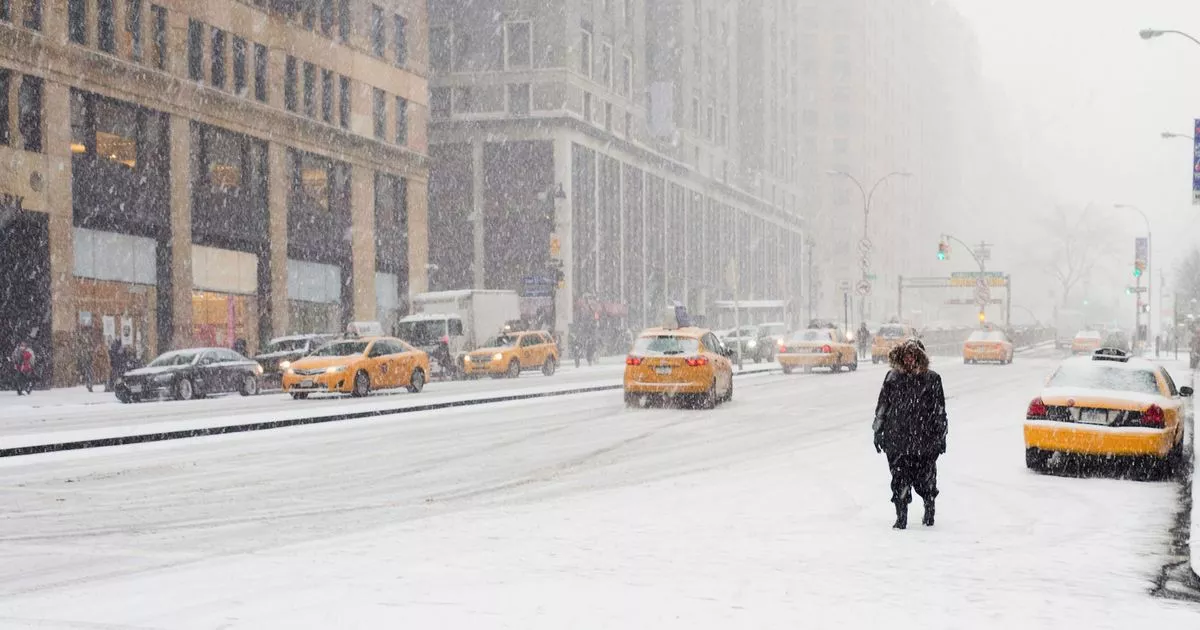According to the Northeast Regional Climate Center, in past years, the first detectable snowfall in the Northeast has fallen as early as late September in parts of Vermont and Maine and within the first week of November in parts of New York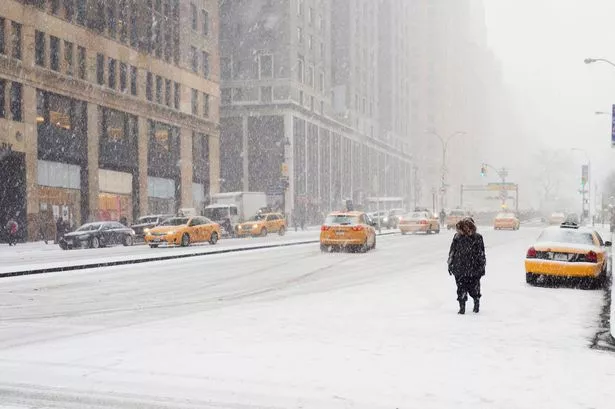 There is a greater chance of heavier-than-normal precipitation in other regions of the nation(Image: Getty Images/Mint Images RF)
There is a greater chance of heavier-than-normal precipitation in other regions of the nation(Image: Getty Images/Mint Images RF)
According to AccuWeather forecasts issued this week, New York City is expected to receive 17 to 21 inches of snow during the 2025–2026 winter season. Compared to the less than 13 inches that fell last winter, the outlook indicates a rise.
In contrast, there is a greater chance of heavier-than-normal precipitation in other regions of the nation, such the Upper Midwest and the Pacific Northwest. For this time of year, temperatures should be quite typical.
Between 17 and 21 inches of snow are expected to fall on New York City this winter, according to AccuWeather. This is more than the 12.9-inch total from previous winter, but less than the historical average of 29.8 inches. The snowfall is predicted to be notable in comparison to previous year, even though it might not reach record levels.
READ MORE: Donald Trump issued brutal blow as all the president’s lies listed by CNN reporterREAD MORE: Barron Trump’s staggering height shattered his dream career, says brother Eric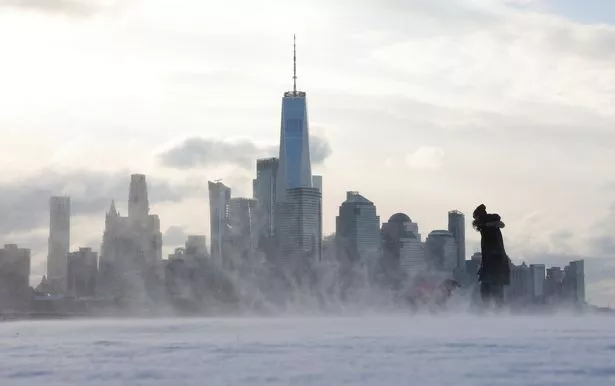 Forecasters estimate that Buffalo will receive far greater totals, with the western New York region receiving 90 to 100 inches of snow(Image: Getty Images)
Forecasters estimate that Buffalo will receive far greater totals, with the western New York region receiving 90 to 100 inches of snow(Image: Getty Images)
According to the Northeast Regional Climate Center, in past years, the first detectable snowfall in the Northeast has fallen as early as late September in parts of Vermont and Maine and within the first week of November in parts of New York.
Forecasters estimate that Buffalo will receive far greater totals, with the western New York region receiving 90 to 100 inches of snow. According to AccuWeather, despite the rise, New York City’s total snowfall is predicted to fall well short of the city’s winter normal of 29.8 inches.
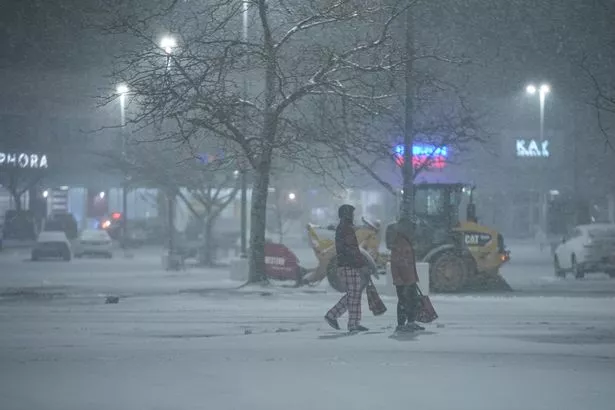 La Niña will likely affect the environment between October and December of 2025(Image: Anadolu via Getty Images)
La Niña will likely affect the environment between October and December of 2025(Image: Anadolu via Getty Images)
According to Paul Pastelok, AccuWeather Lead Long-Range Meteorologist, snow could arrive in the area as early as December due to storm systems from western Canada. “In December, we think there’s going to be some [storm] systems coming out of western Canada and diving into the middle of the country, then coming along the mid-Atlantic coast,” Pastelok stated.
According to the weatherman, these storms might hit “just before the holidays.” Storms may proceed from the central and western regions of the United States to the East Coast, bringing with them substantial snow accumulation, even though this year’s weather patterns have been almost the same as those of last year.
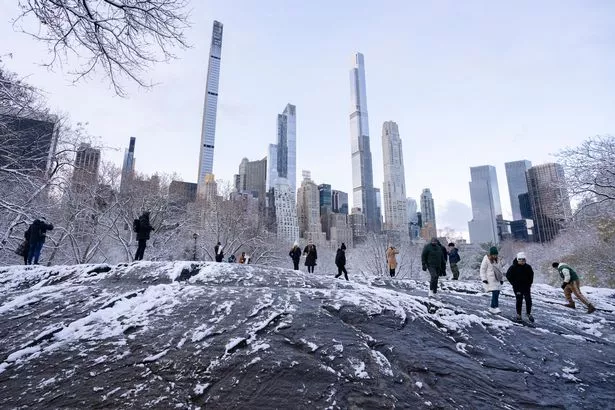 For the majority of the winter, New York City is predicted to see average temperatures(Image: Getty Images)
For the majority of the winter, New York City is predicted to see average temperatures(Image: Getty Images)
“Our forecast numbers for New York City are conservative right now, but we’re still watching out for the potential for it to be a higher impact season,” Pastelok stated.
Click here to follow the Mirror US on Google News to stay up to date with all the latest news, sports and entertainment stories
According to the environment Prediction Center, there is a 71 percent likelihood that La Niña will affect the environment between October and December of 2025. The El Niño-Southern Oscillation is a natural, recurrent climatic cycle, of which La Niña is the chilly phase.
For the majority of the winter, New York City is predicted to see average temperatures. But beginning in early February, Pastelok warned that a “intense cold blast” might move from the center of the nation to the East Coast.
Sign up to our FREE newsletter and get the top stories to your inbox
DAILY NEWSLETTER: Sign up here to get the latest news and updates from the Mirror US straight to your inbox with our FREE newsletter.

